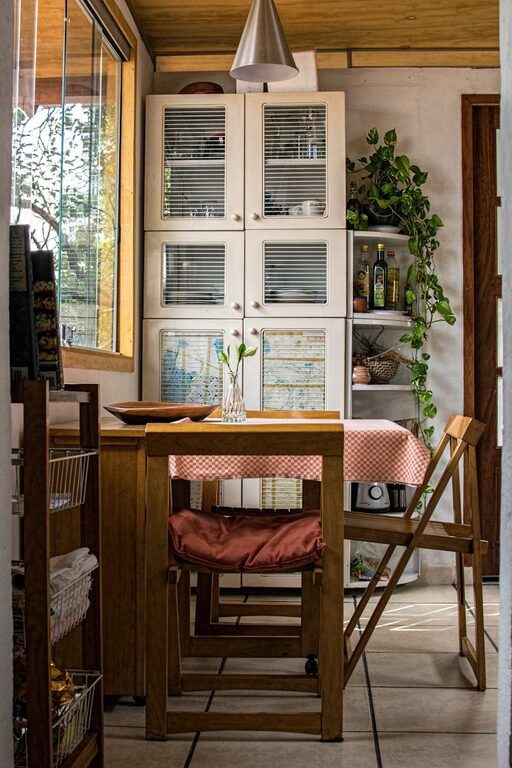Brightening a dark room can transform your living space from gloomy to inviting. Whether it’s a windowless basement, a shaded bedroom, or just a room that feels too dim, there are many quick and budget-friendly ways to make it feel lighter and more cheerful. In this post, we’ll explore practical tips and creative ideas that anyone can use to brighten up a dark room.
Why Brightening a Dark Room Matters
A well-lit environment can improve mood, increase productivity, and make a space feel larger and more open. Dark rooms often feel closed off and less comfortable, but with a few adjustments, you can create a brighter atmosphere that enhances your home.
1. Maximize Natural Light
Clear Windows and Remove Obstructions
Start by letting in as much natural light as possible. Clean your windows thoroughly to allow light to pass through without obstruction. Remove heavy drapes or replace them with light, sheer curtains that filter light gently.
Use Mirrors to Reflect Light
Place mirrors opposite windows or light sources to bounce natural light around the room. Mirrors not only brighten space but also create the illusion of more volume, making the room feel bigger.
2. Improve Artificial Lighting
Layer Your Lighting
A well-lit room uses multiple light sources at different levels:
– Ambient lighting: Overhead fixtures like ceiling lights or chandeliers provide general illumination.
– Task lighting: Desk lamps, floor lamps, or under-cabinet lights help with specific activities.
– Accent lighting: Wall sconces or LED strip lights add warmth and highlight decor.
Using a combination of these helps eliminate dark corners and evenly lights the room.
Choose the Right Bulbs
Select bulbs with a daylight or soft white color temperature (around 3000K to 5000K) to produce a bright, natural light effect. LEDs are energy-efficient and available in a range of brightness levels.
3. Lighten Up Your Walls and Ceilings
Paint Colors Matter
Dark walls absorb light, making rooms feel smaller and darker. Choose light colors such as whites, creams, pastels, or soft grays to reflect more light. Semi-gloss or satin finishes also help by reflecting light better than matte finishes.
Add Wall Decals or Art with Bright Colors
Incorporate artwork or decals with bright, cheerful colors to add energy without overwhelming the room. These accents can lift the overall feel even in low-light rooms.
4. Select Bright and Reflective Furnishings
Use Light-Colored Furniture
Choose furniture in light hues like white, beige, or light wood tones. Upholstery in light fabrics also helps bounce light rather than absorb it.
Incorporate Reflective Materials
Glass, acrylic, metallic finishes, and mirrored furniture surfaces reflect light and add to the brightness. For example, a glass coffee table or mirrored dresser can enhance luminosity.
5. Add Greenery and Natural Elements
Plants not only make a space feel fresher but the natural green shades can brighten a room visually. Choose plants that thrive in low-light conditions if natural light is limited.
6. Unclutter and Organize
A cluttered room feels smaller and darker. Keep surfaces clear, organize belongings, and store items out of sight to open up space and allow light to flow freely.
7. Use Light-Enhancing Accessories
Bright Rugs and Textiles
Choose area rugs, cushions, and throws in vibrant or light colors to add warmth and lightness to the floor and seating areas.
Sheer Curtains and Lightweight Fabrics
Sheer or lightweight curtains let in more light than heavy drapes. Using textiles in lighter shades also avoids absorbing light unnecessarily.
Conclusion
Brightening a dark room doesn’t require expensive renovations or complicated fixes. By maximizing natural light, improving your lighting setup, choosing lighter colors and reflective surfaces, and keeping the space organized, you can make any dark room feel fresh and welcoming in no time. Try these quick tips and enjoy a brighter home environment today!

